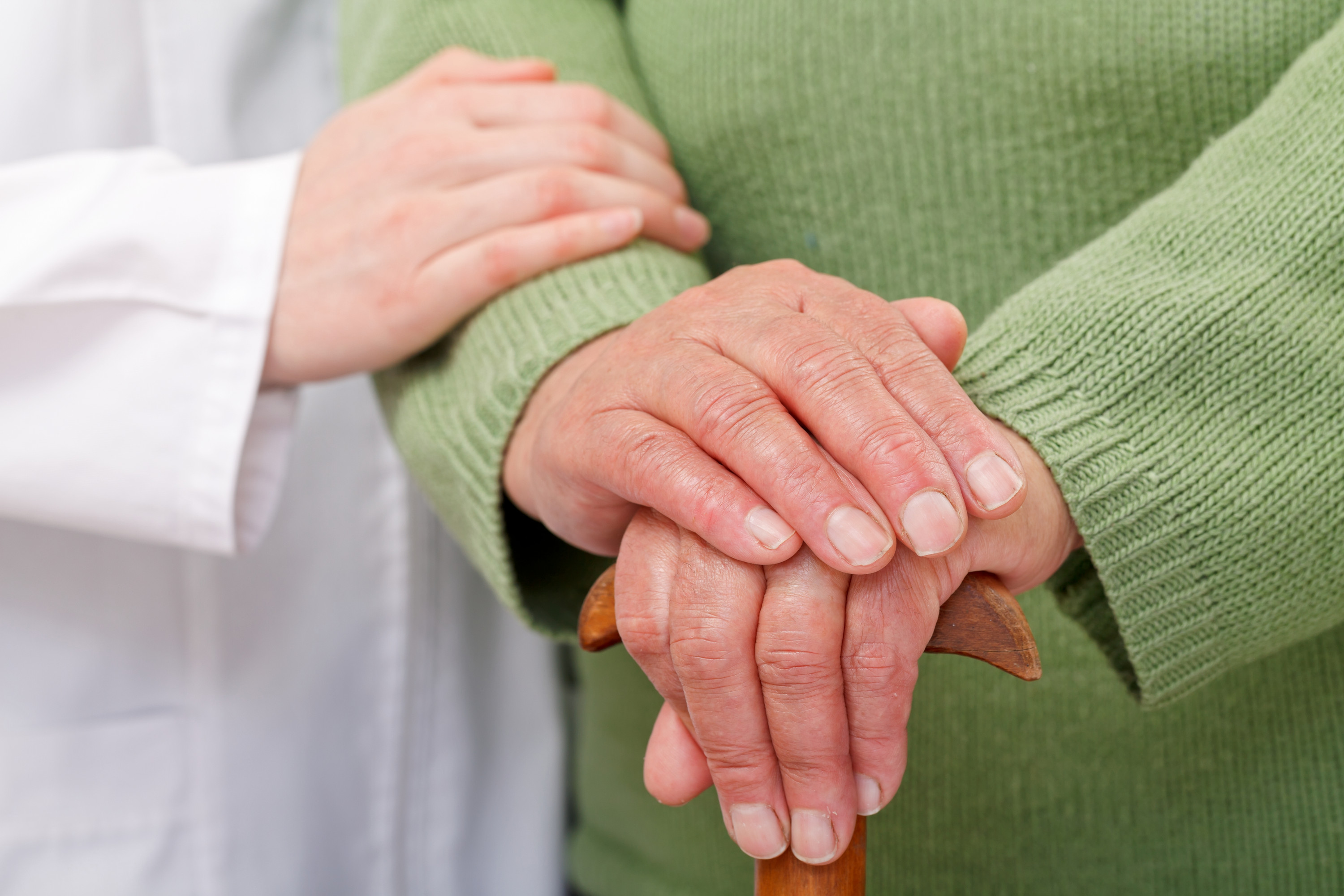Helping Families Through Prolonged Illness and Loss
“I was shocked that the doctors and nurses never mentioned palliative care to my brother. A social worker friend recommended that my brother try yoga and acupuncture along with his chemotherapy and I found yoga and therapeutic massage helped me to cope with his caretaking.”
“No one in the hospital would tell me what was going on. The doctors and nurses just came in for procedures. Everything was so rushed. Finally, when the nurse found me crying in the hallway, she asked if I’d like to see a social worker. The social worker apologized for not coming earlier but he was the only one in the hospital who would tell me what was happening to my husband.”
The two stories above are the type we hear often, with different variations. A March 23 editorial in the Boston Globe referred to the fact that many more people in the state of Massachusetts die in hospitals compared with the rest of the country. With limited time to talk with patients, the editorial noted that physicians typically focus on the illness and its treatment and do not bring up end-of-life issues with patients and their families. Likewise, families wait for the doctor to initiate this discussion.
In our book Saying Goodbye: How Families Can Find Renewal Through Loss, we emphasize that social workers and other mental health professionals are playing a critical and increasing role in helping patients and their families navigate the course of prolonged terminal illness. Not only are people living longer, but medical advances have resulted in people with potentially fatal illness living for months and years after diagnosis. Thus, grieving is prolonged, and the illness and death becomes a process rather than an event.
It is a process unique to each individual situation—there are hypothetical guidelines, but no one can predict or know when remissions will end, what the immediate and longer-range side effects of treatments will be, or how the course of the illness will progress. And the resources and coping and adaptability skills of individuals and their families vary.
Social workers, who are trained (more so than physicians) to consider the whole person within the context of his or her family system, are in a unique position to take a lead in processing information and educating a patient and his or her family, serving as a care coordinator and informing the physicians and nurses about the biopsychosocial issues affecting the patient’s adaptation and illness management. Social workers can therefore be critical players on an interdisciplinary healthcare team.
Our interviews of family members who had lost a loved one indicated the following common themes:
- Family members wanted to be sure that the patient’s wishes were honored and that the decision-making processes from beginning to end were inclusive.
- Families wanted support and assistance with treatment options and locating resources.
- Families wanted counseling services from the beginning to deal with resolving family issues; adapt to changing roles, rules, and responsibilities; and ensure as much fairness as possible. Furthermore, patients and their families wanted help in formulating the questions they should ask physicians, lawyers, and other professionals.
We also learned that, while some patients and families do not want to think about death and dying, it is important to help people plan for the what-if situations that they will inevitably confront. Social workers and other mental health professionals can initiate these conversations as a normative part of the life span. Their first task, of course, is to assess the patient and the family for strengths, such as patterns of coping styles, problem solving, relationships, power differentials, support resources, and physical, financial, and spiritual resources. The trick is to balance optimism and hope with preparation for the “worst-case scenario.”
Some specific tasks for social workers include the following:
- Inform patients about their illness, how to research treatment options, how to deal with medical costs and insurance companies, and how to seek other opinions. In this role, they are the link between the medical providers and the family, bringing their understanding and assessment of the whole person in cultural contexts to the medical staff’s attention as needed.
- Initiate discussion about advanced directives and healthcare proxies and suggest the family consult a lawyer concerning power of attorney and updating legal documents. These pragmatic issues need to be discussed from the beginning so there is time for the patient and the family to figure out what the patient would want and to frame this as preparing “just in case.” Because these can be touchy issues, a professionally led discussion can set the family system on a course where they can transcend the sensitivities and family issues related to these topics. During these discussions, clinicians can assess what the meaning of death and dying are to the patient and the family members to suggest interventions that will empower them to live as fully as possible while able.
- Assess for depression and anxiety that frequently accompanies serious illness and treatment and provide treatment in the forms of individual, family, and group therapies.
- Utilize cognitive restructuring and behavioral strategies to minimize the impact of the disease and manage the effects of the illness. Exploring and brainstorming with family members about roles, communication channels, and medical compliance starts the process. Examples include initiating a life review, teaching muscle relaxation, guided imagery, and suggesting a photo album review. Suggesting palliative care and other complementary treatments as part of self-care is becoming increasingly important.
- Advocate for the patient’s wishes and best interests with the medical staff as much as the system allows and devising strategies to change the system when necessary.
- Assess family caregivers in family conferences and teach them self-management and self-care skills.
- Arrange for caregiver support and assistance, particularly during transitional periods. When the patient is moved to a different unit or sent home with home healthcare, some follow-through from the social worker in the form of a call or a home visit will go a long way in boosting the morale of the patient and the family. To ensure continuity of care, it may be important to continue outpatient care or make referrals to community resources.
- Inform the patient and the family about end-of-life options such as inpatient or home hospice.
Toward the end of a terminal illness, it is important to revisit decisions and preferences that were made earlier in the process to determine whether they hold. Has the patient decided where he or she wants to be at the end? With whom? Where and how he or she wants to be interred or cremated? What type of service or celebration of life? Are there any other unfinished issues?
One of the most difficult issues clinicians face is when the patient wants to discontinue treatment or hasten the end because there is no quality of life possible anymore. Many hospital social workers have told us that they then find themselves in an adversarial position with the physicians, who are trained to never give up fighting the disease. This is where clear communication between the patient and the family, along with a signed power of attorney and advance directives, can be critically important. Allying with the patient and the family should be a top priority for the social worker who has gotten to know and understand the patient and family and is, therefore, in a position to advocate for the patient and family’s decisions. If there is conflict within the family, the social worker can hold a family conference to reiterate the patient’s wishes and plans.
Story Credits — Joseph Nowinski, PhD, and Barbara Okun, PhD, are the authors of Saying Goodbye: How Families Can Find Renewal Through Loss. Nowinski is the supervising psychologist at University of Connecticut Health Center. Okun is a professor of counseling psychology at Northeastern University and a clinical instructor at Harvard Medical School.

